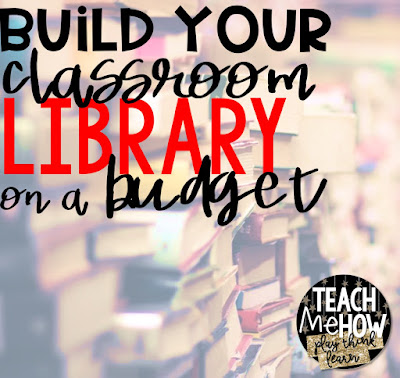The end of this school year really seemed to hit me like a ton of bricks! Life felt like it was moving at break-neck speed and the moment that one task was completed on my to-do-list, five other pressing tasks seemed to magically appear. As soon as school was out, the to-do-list of tasks just continued at home. For the first weeks of break, I was constantly busy catching up on tasks that I simply didn't have the time to keep up with during the school year. Three weeks into break, I still didn't feel like I've rested or recharged my batteries much. Since I head back to teach summer school soon, I really needed to find a way to recharge!
It took me a little time, but I finally retreated from my endless 'to-do' list at home and have settled into a holding pattern of doing as little 'real work' as possible, spending time with my family, reading, drinking iced coffee on the porch, going to the pool, visiting family, barbecuing on the grill.... It feels nice... but now I have less than a week before I'm back at summer school. If only time would slow down a little...
As teachers (and moms, dads, husbands, wives...), we often become so focused on taking care of others that we forget about taking care of ourselves. *raises hand* I'm guilty of putting everyone first and forgetting to care for me. Recharging our own batteries is vital to our ability to engage fully at home and at work. Think about what the flight attendant says in their pre-flight safety speech: "Place the oxygen mask on yourself first, before helping small children or others who may need assistance." I try to think of self-care as my oxygen mask; with out oxygen, I can do nothing.
Here's your reminder (and permission) to take care of yourself. Recharge your batteries; put on your oxygen mask first!
Here's your reminder (and permission) to take care of yourself. Recharge your batteries; put on your oxygen mask first!
How do you #recharge your batteries and relax?













































